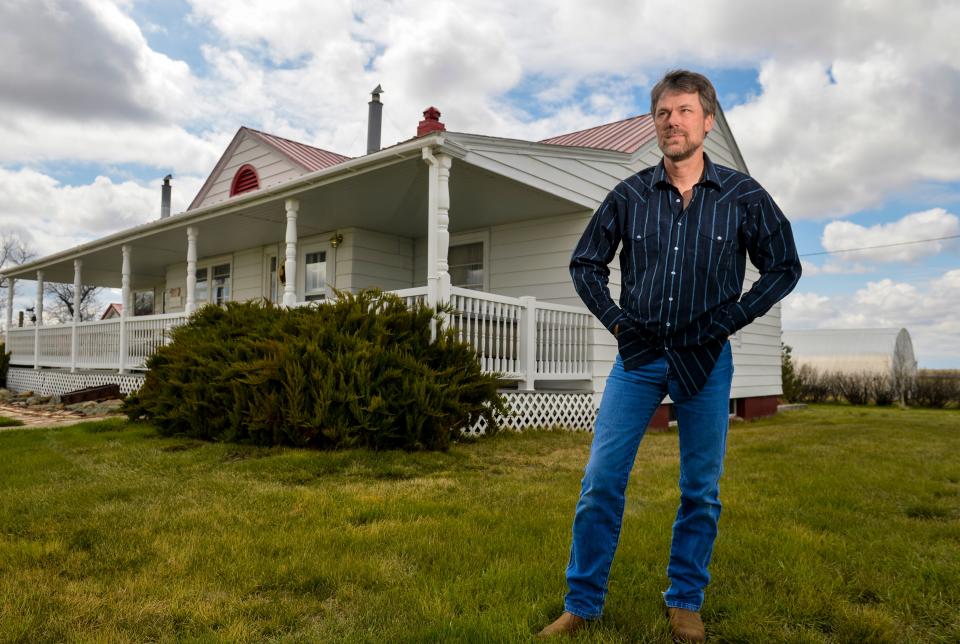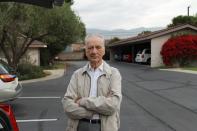A son sues a company for $1 million – and the return of his dad's frozen head
GREAT FALLS, Mont. – Laurence Pilgeram agreed to pay a company $120,000 to preserve his body indefinitely at a temperature of minus 196 degrees Celsius, in hope that some future technology would one day restore his life.
It's called cryonics.
In April 2015, about a month after Pilgeram died in California, a box containing his ashes arrived at the home of his son, Kurt Pilgeram, 1,300 miles away, outside of Dutton, Montana, population 300.
“They chopped his head off, burned his body, put it in a box and sent it to my house,” Kurt Pilgeram said recently at his Montana home, where the Rocky Mountains are visible in the distance.
The box contained Pilgeram's body from the shoulders down, but his head had been separated and placed in a vat of liquid nitrogen in Arizona, where it presumably will remain forever, or at least until Mr. Pilgeram is restored.
Kurt Pilgeram was stunned and angry at the way his father’s remains were handled. Laurence Pilgeram wanted his entire body preserved. Now Pilgeram is seeking in excess of $1 million in damages and an apology from Alcor Life Extension Foundation – and the return of his father’s head.
"I want people to know what's going on," he said.
For its part, Alcor said it had an agreement with Laurence Pilgeram, not his son, and that it met that agreement.
The company accuses Kurt Pilgeram of trying to receive the life insurance funds earmarked for Alcor for the cryonic preservation under the guise that he was concerned “about unspecified issues with the cryonic preservation of Mr. Pilgeram’s cephalon,” or head.
“Imagine if you made a contract as an adult, and you are of sound mind, and then one of your kids pops up and said, ‘I don’t like that agreement you made?’” said James Arrowood, an Alcor attorney.
Both sides are claiming breach of contract and making other claims in the unusual case in Santa Barbara County Superior Court in California. The case is midway through the discovery phase with a trial expected in 2020.
Cryonics is 'an experiment,' Alcor says
Cryonics – from the Greek word cryo meaning icy cold – is an experimental procedure in which ultra-cold temperatures are used to preserve a person until a future medical technology can restore that person to health.
It’s an experiment, Alcor Life Extension Foundation says on its web site.
“The question you have to ask yourself is this: Would you rather be in the experimental group, or the control group?” Alcor says on its site.
More: Arizona is a hotbed for the cadaver industry, and potential donors have plenty of options
Nearly 170 people – 122 men and 42 women – have been cryopreserved at Alcor, which says it’s the largest organization involved in the process. It has an additional 1,200 members who have made legal and financial arrangements for cryopreservation.
“They do have Ted Williams there, but I think he’s frozen in parts,” said David Tappeiner, Kurt Pilgeram’s attorney, referring to the legendary baseball player being preserved at Alcor’s Arizona headquarters. “It’s kind of like sci-fi.”
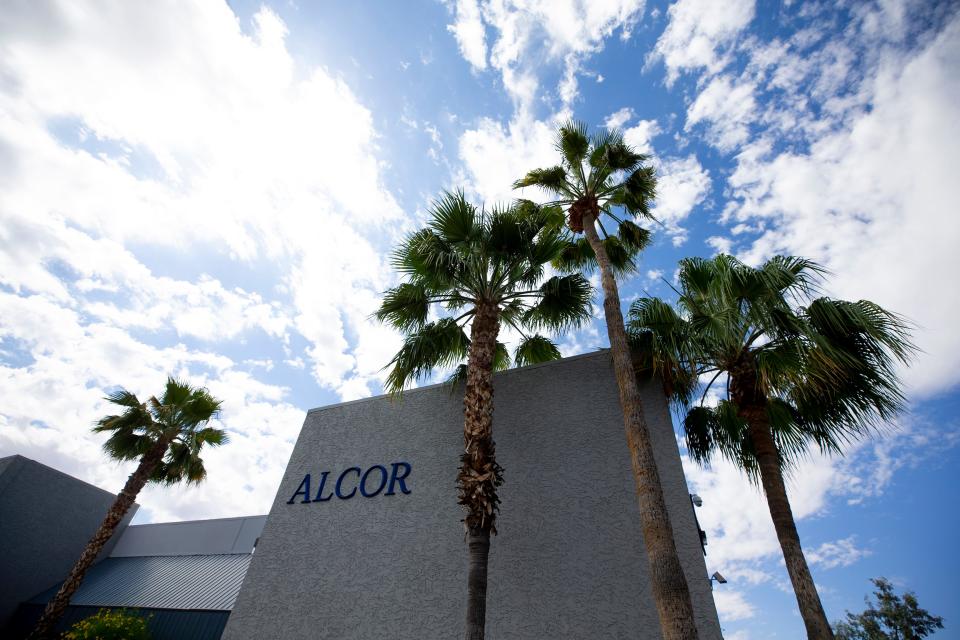
Cryonics may sound like science fiction but is based on modern science, Max More, president and CEO of Alcor, says in a video on its web site.
Today, when medics arrive at the scene of a person who suffered a heart attack, in many cases they can bring them back to life.
That wasn’t possible 50 years ago, he said.
“Recoverability changes all the time,” More said.
In another 50 years, critical care medicine will be more advanced and freezing a person in place with what More calls “medical grade antifreeze,” which prevents damage ice can have on human cells, will “take you into the future one day at a time.”
The idea is that life can be stopped and restarted if its basic structures are preserved.
Full bodies and sometimes just heads are preserved in giant stainless steel Thermos bottles filled with liquid nitrogen. They're called Bigfoots.
The Bigfoots, 10-foot by 6-foot giant cups 43 inches in diameter, can hold four whole body patients and five neuro patients or heads.
His father's plan before he died
On Oct. 20, 1990, when he was 67, Laurence Pilgeram entered into a cryonic suspension agreement with Alcor “in the hope that at some future date the science of medicine will have advanced to the point which permits my restoration to life and health.”
“I further affirm my desire to have the procedure of cryonic suspension begun as soon as possible after the moment of my legal death, to limit the deterioration of my human remains,” the agreement states.
On Friday evening on April 10, 2015, Laurence Pilgeram – Alcor member A-1245 – died of a "cardiac event" on a public sidewalk near his home in Goleta, California, while he was walking home from a restaurant. He was 90.
Immediately placing the body on ice and other steps are recommended following death of an Alcor member to stabilize it, prevent damage and prepare for cryopreservation.
“The cooler, the faster the better,” said Arrowood, the Alcor attorney.

In Pilgeram's case, he died on a Friday evening but was not released from a county morgue, where he was kept at a temperature of around 30 degrees, until Monday.
Arrowood, the Alcor attorney, said Alcor relies upon relatives to inform it of the deaths.
“So timeliness is entirely dependent upon relatives timely and promptly notifying Alcor of a death,” Arrowood said. “If that is not done properly, there is a big problem.”
As a result of the lengthy delay, a “straight freeze” was necessary, with Pilgeram taken to a mortuary and covered with dry ice, according to Alcor.
A “neuro separation” was then conducted and Pilgeram’s head was driven to Arizona for continued cool down, which began April 15, five days after his death. The rest of his body was cremated.
“Mutilation is basically what they did,” Kurt Pilgeram said.
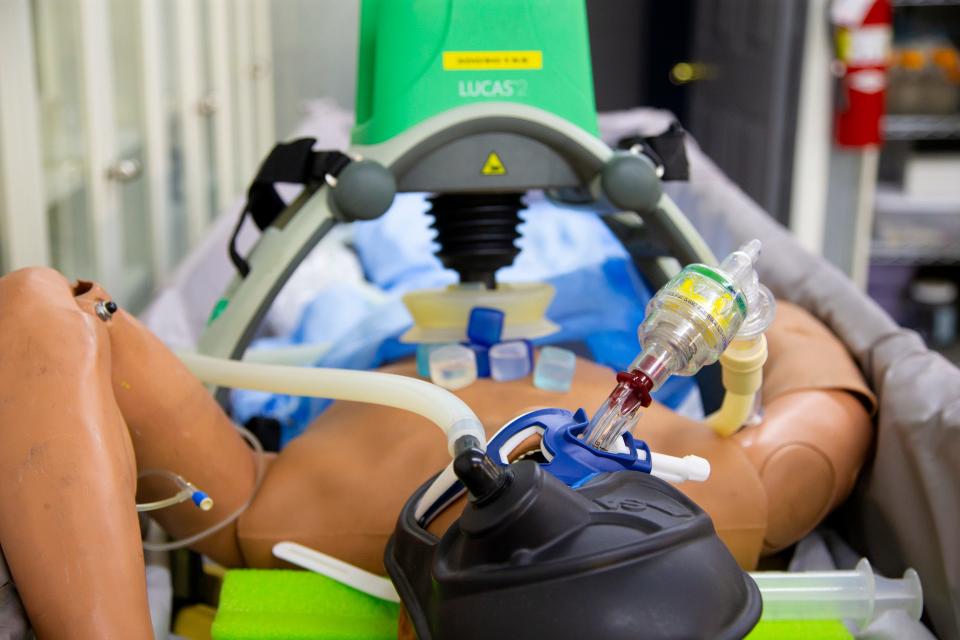
'I felt like I was calling a towing service'
Kurt said he reached an answering service when tried to reach Alcor over the weekend to come get his father’s body for preservation.
“I felt like I was calling a towing service or something,” he said.
Kurt said he did not learn that his father’s head had been removed from his body until a day after he received the ashes in the mail.
He had those ashes tested, he said. Nothing identifiable remained because of the long, hot fire, Kurt said.
After viewing photos, Pilgeram also wonders whether it’s his father’s head being preserved in Arizona.
To answer any doubts the family had about the preservation of Laurence Pilgeram's remains, Alcor says in court papers that it offered Kurt and his brother Karl, who lives in Santa Barbara, the opportunity to visually inspect them at Alcor’s facility in Arizona, but they refused.
Alcor also offered to allow the family to take a DNA sample and have it tested to quell fears the remains were fake.
Instead, on Nov. 25, Alcor’s counsel met with Kurt and Karl in Santa Barbara for a “showing” of photos of Laurence Pilgeram and the preservation container where his head is being preserved.
The language in the contract between Alcor and Laurence Pilgeram is clear when it comes to whether the entire body or head is preserved, Arrowood said.
“It’s explicit that Alcor has sole and absolute discretion to make that decision and that was signed by Laurence Pilgeram,” said Arrowood, in regard to the removal of Mr. Pilgeram’s head.
Alcor says on its website that some people prefer preserving just the head.
A full body may not be necessary in the future, it notes, because it may be possible to regrow a young, healthy body around a functioning brain.
"Generally speaking, many people in cryonics may feel the brain is the most important thing to be preserved," Arrowood said.
New tech sparks fear, Alcor says
Alcor met the terms of the contract with Laurence Pilgeram, Arrowood said.
And it is extremely explicit in not promising reanimation, he added. “So the notion that somebody has been sold on something is just not factually correct,” he said.
Alcor initially took Kurt and Karl Pilgeram to court after they blocked the distribution of Laurence Pilgeram’s $123,000 life insurance policy payment to Alcor for the preservation.
"There's a lot of motives here," Arrowood said.
Arrowood said life insurance is a common way that patients finance the process, which today costs about $80,000 for a “neuro” or head preservation and up to $200,000 for full preservation.
As a nonprofit, Alcor often relies on life insurance payments to pay for cryopreservation, Arrowood said, noting it still hasn’t been paid for preserving Pilgeram.
Alcor is asking the court to declare the agreement with Laurence Pilgeram valid and to release the life insurance policy funds.
Arrowood handles a lot of high-tech cases and says fear is common with emerging technologies.
“So people on the forefront of those technologies always have the challenge of public perception due to misunderstanding,” Arrowood said.
'My dad just didn't fit in'
Laurence Pilgeram grew up on a farm south of Great Falls, Montana, in the 1920s and '30s, where he attended a one-room school house, had his own cattle herd and ran a trap line.
But he wasn’t a typical Montana farm kid: He had a scientific bent and began asking big questions about life and death as early as 5 years old.
He noted that religious services excluded any mental inquiry into whether aging, disease and death had to occur.
The young Pilgeram mail-ordered texts such as “Methods of Tissue Culture,” and listened to the University Explorer Program produced at the University of California, Berkeley.
At 14, he began to ask how the ancient Egyptians preserved the bodies of their rulers for thousands of years.
“My dad just didn’t fit in,” Kurt Pilgeram said. “He was always a little different, thinking about other things that were more lofty you might say.”

'What does life mean, anyhow?'
A Montana farm couldn’t hold Laurence Pilgeram or his interest in aging and finding cures for disease. Using proceeds from his cattle herd of 60, and money he had saved from trapping, he began his education.
In 1945, he entered Gradwohl School of Laboratory and Medical Technology in St. Louis after working in 1944 as an announcer for KFBB radio station in Great Falls.
From there, he entered the University of California, Berkeley, where he earned a doctorate in biochemistry in 1953.
The molecular biologist and biochemist went on to a career in the medical field that included stints at the University of Illinois College of Medicine in Chicago, the University of Minnesota School of Medicine, Baylor College of Medicine in Houston, and the Gerontology Research Institute in Santa Barbara.
In 1966, Pilgeram was a delegate for the United States to the International Congress on Aging in Vienna, Austria.
He received international recognition for being the first to discover that estrogen in drugs like oral contraceptives caused changes in the blood that can lead to blood clots.
“All of us wonder where we came from. Many wonder why we are here. A few seek a destiny and as my father once inquired, ‘What does this life mean, anyhow?’”
That was first sentence of Laurence Pilgeram’s autobiography, which was dedicated to his sons, Karl and Kurt.
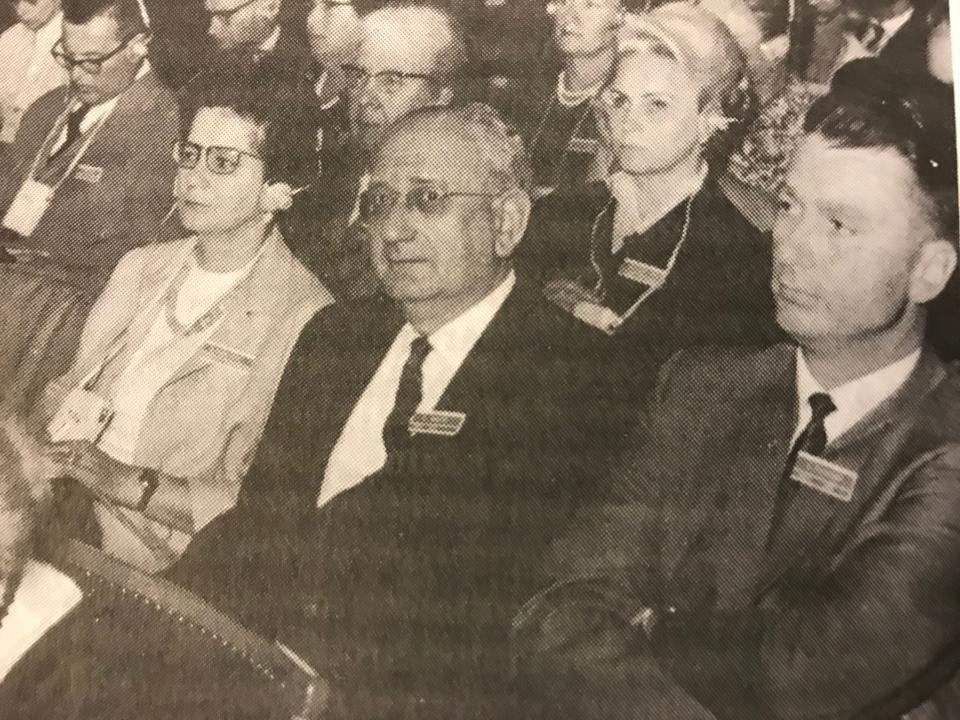
Will he return to Eden?
Kurt Pilgeram inherited some money from his father when he passed away so he has the means to proceed with the case. He said his father would want him to fight it.
“If I walk away, they are just going to keep doing this and it’s wrong,” he said.
He said he's sunk $500,000 into the case so far. He wants Alcor to return his father's head to the family, if it still has it.
If it is returned, he would have it cremated.
Ashes from his father’s entire body may be spread at the family ranch in Eden, which Laurence Pilgeram had said was a superb school of biological science, far superior to anything he was exposed to in high school or college.
It's where, watching livestock being slaughtered, he first thought about what occurs in that instant when life is converted to death.
“I think he would probably want it that way, based on the series of events that have happened,” Kurt Pilgeram said.
This article originally appeared on Great Falls Tribune: A son sues a company for $1 million – and the return of his dad's frozen head
